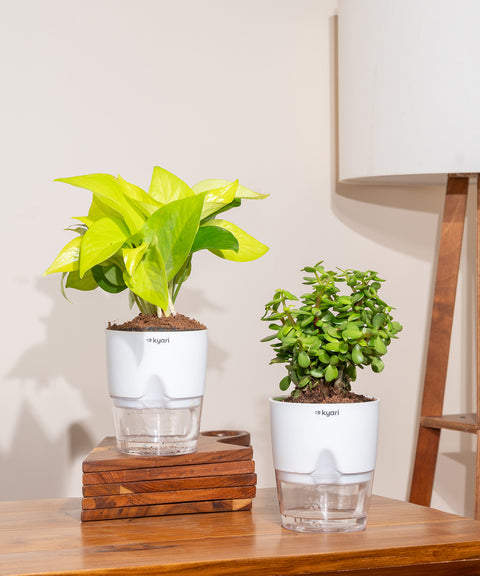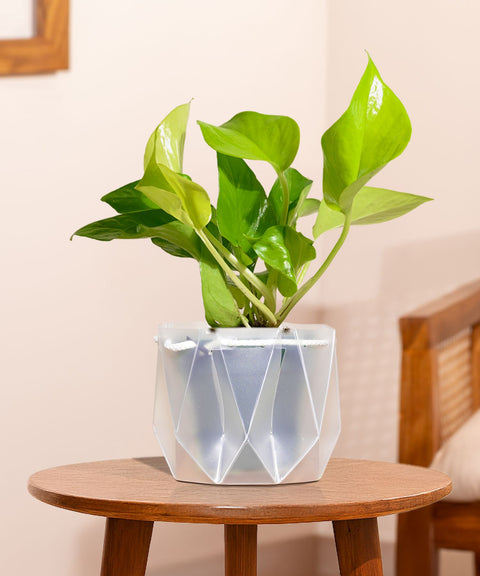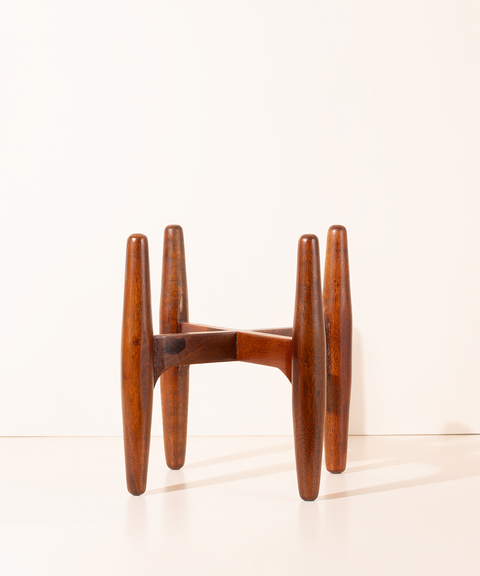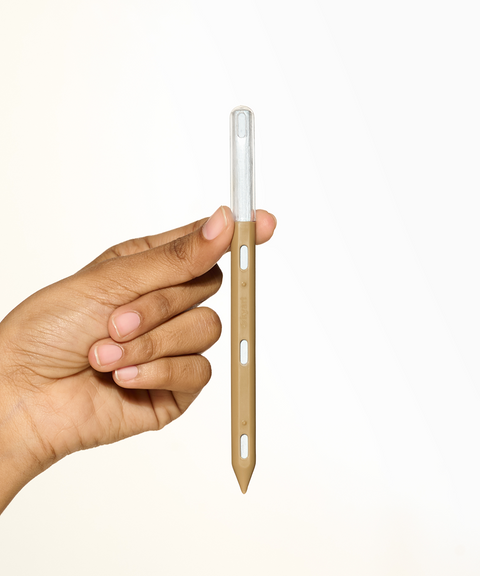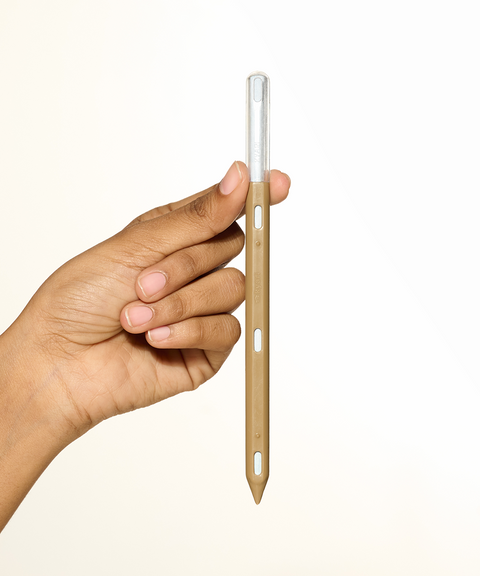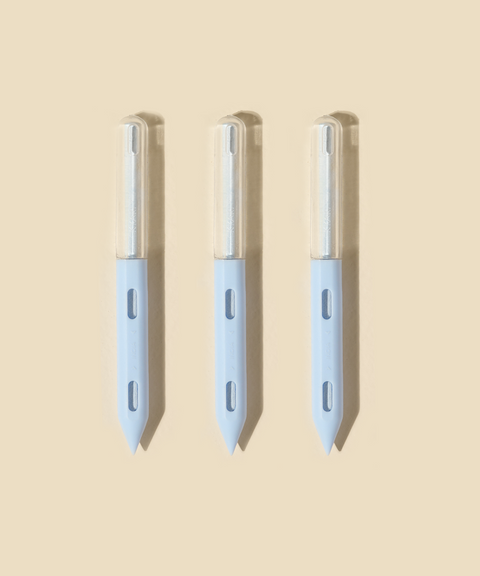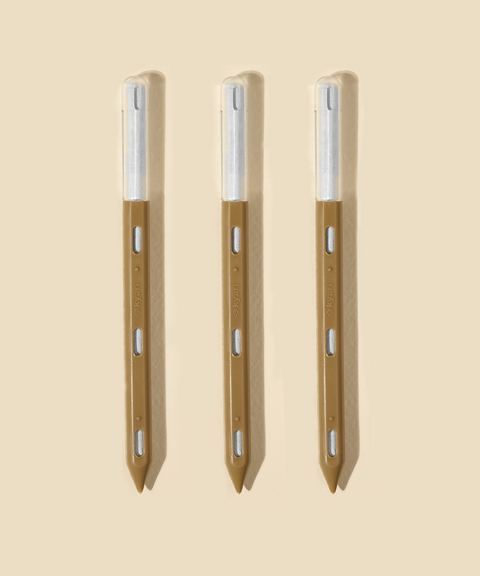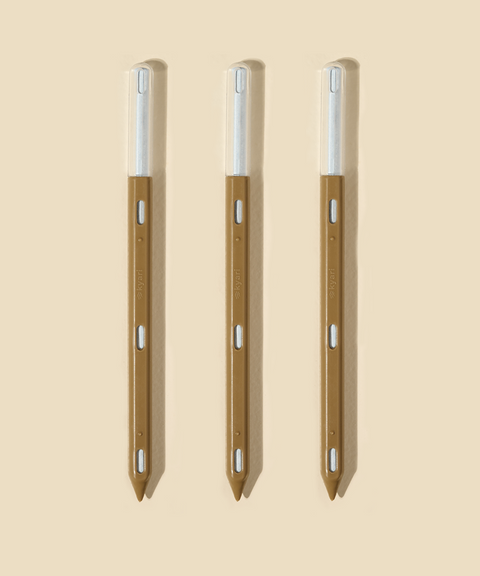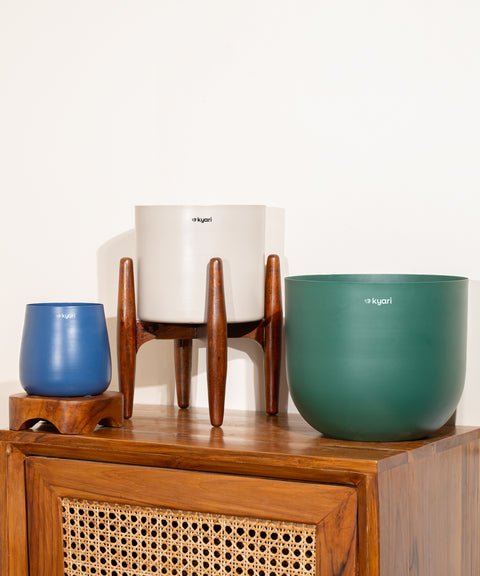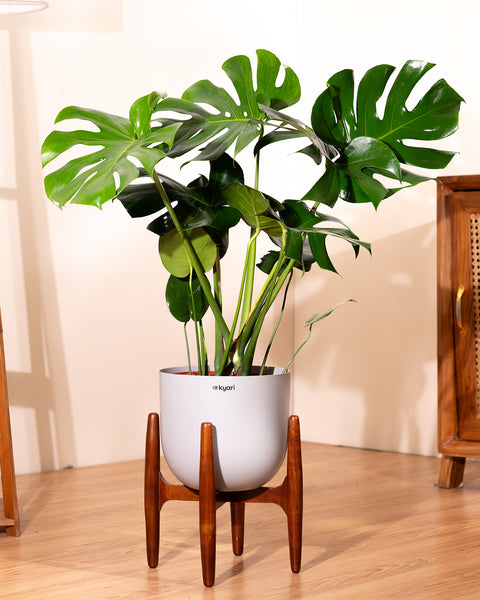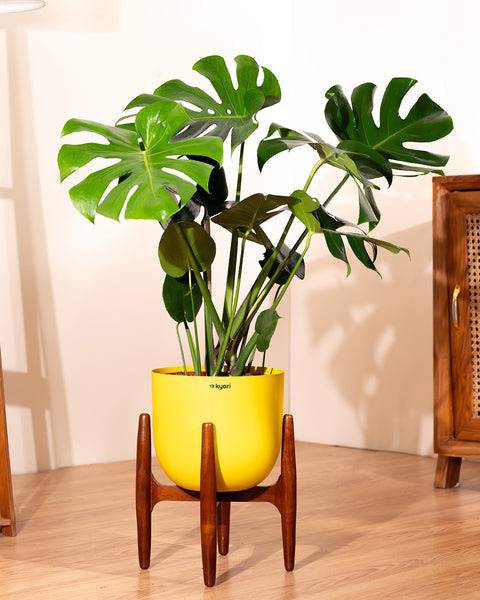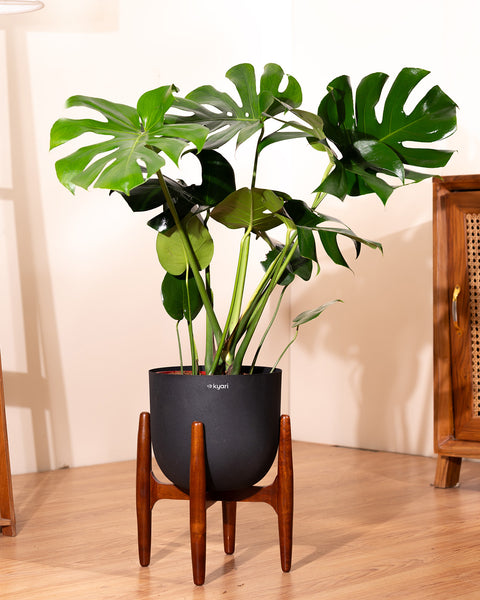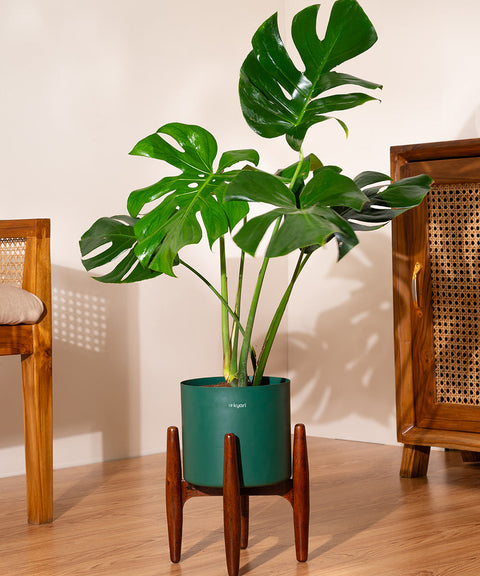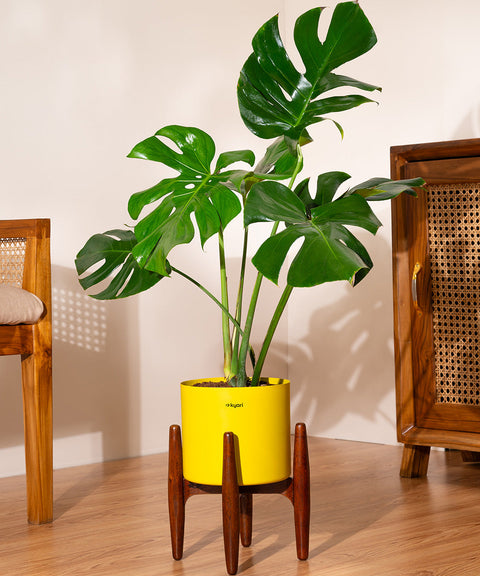About
Aglaonema Pink Valentine
A stunning indoor plant known for its beautiful pink and green variegated leaves. Its easygoing nature and colorful foliage make it perfect for brightening up any space.
Origin
Native to tropical and subtropical regions of Asia and New Guinea.
Light
Prefers low to medium light but can tolerate low light conditions. Avoid direct sunlight to prevent leaf burn.

Water
Water every 1-2 weeks allowing the soil to dry out between waterings. Increase frequency in higher light conditions.
Humidity
Prefers high humidity but can adapt to average household levels. Occasional misting can help maintain optimal conditions.
Aglaonema Pink Valentine is not just admired for its vibrant colors, but it’s also known to bring luck and positive energy, making it a popular choice in feng shui.
Placement
To ensure your Aglaonema Pink Valentine thrives and displays its vibrant colors, it is essential to position.
Native to tropical and subtropical regions of Asia and New Guinea.
Prefers low to medium light but can tolerate low light conditions. Avoid direct sunlight to prevent leaf burn.
Water every 1-2 weeks, allowing the soil to dry out between waterings. Increase frequency in higher light conditions.
Frequently Asked Questions
The ideal temperature is between 60°F to 75°F (16°C to 24°C).
Water every 1-2 weeks
It prefers low to medium indirect light and can tolerate low light
Place it in areas with low to medium light
Rotate the plant occasionally for even growth and wipe the leaves to keep them dust-free.
Yellowing leaves may be due to overwatering or insufficient light. Adjust watering and move it to a brighter location.
Brown edges are a sign of low humidity or inconsistent watering. Increase humidity and ensure regular watering.
Keep the plant clean by wiping the leaves and inspecting regularly for pests. Use insecticidal soap if necessary.
Wilting leaves can be a sign of underwatering. Increase watering frequency and ensure the soil is moist but not soggy.
Pale leaves can indicate insufficient light. Move the plant to a brighter location with indirect sunlight.
Buy Now

![]() Perfect Gift
Perfect Gift
![]() Air Purifying
Air Purifying








 Limited Time Deal
Limited Time Deal
 BYOB - Small Plants
BYOB - Small Plants


































